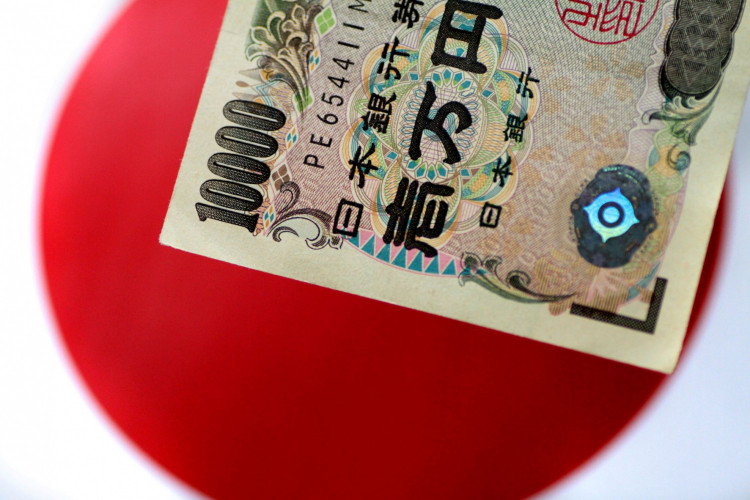Japan's government remains vigilant over the yen's volatile behavior, signaling potential interventions in currency markets to stabilize its value. Chief Cabinet Secretary Yoshimasa Hayashi affirmed on Tuesday that Tokyo is prepared to deploy all necessary measures to counter excessively volatile currency movements, maintaining market anticipation for further interventions.
Recent data from the Bank of Japan (BOJ) has fueled speculation that Tokyo intervened last week to support the yen. The figures suggest that the Japanese government might have spent 2.14 trillion yen ($13.5 billion) on interventions last Friday. When combined with Thursday's estimates, Japan appears to have injected nearly 6 trillion yen into currency markets over two days.
"It is important for currency rates to move stably reflecting fundamentals. Excessive volatility is undesirable," Hayashi stated during a regular news conference before the BOJ data release. "We will closely watch exchange-rate developments and stand ready to take all possible measures," he added. However, Hayashi refrained from confirming whether Tokyo had indeed intervened in the currency market for two consecutive days last week.
Japan's authorities have recently adopted a policy of not confirming their market interventions, adding to the intrigue. However, market analysts suspect Tokyo's hand in the yen's movements. The yen appreciated by 3% against the dollar, hitting 157.40 after Thursday's suspected intervention, although it later settled at 158.45 on Tuesday, edging close to the critical 160 mark-widely regarded as the intervention threshold.
"This time, intervention came when the dollar/yen wasn't necessarily rising sharply," noted Masafumi Yamamoto, chief currency strategist at Mizuho Securities. "This suggests authorities were worried more about the level of the yen, at below 160 to the dollar, rather than the speed of its falls."
The weakening yen, while beneficial for exporters, poses significant challenges for Japanese policymakers due to its inflationary impact on fuel and food imports, adversely affecting consumption. With the yen languishing at 38-year lows, the government's intervention strategy aims to mitigate these adverse effects.
Market participants are now turning their focus to the BOJ's upcoming two-day policy meeting concluding on July 31. Speculation is rife that the central bank might raise interest rates from near-zero levels to curb the yen's decline. Such a move could mark a significant shift in Japan's monetary policy, which has long been characterized by ultra-low interest rates.
The BOJ data released on Tuesday reinforced the suspicion of recent interventions. According to the bank, commercial banks' deposits at the BOJ were projected to decrease by 2.74 trillion yen ($17.34 billion) on Wednesday, significantly higher than the 600 billion yen decline anticipated by money-market brokers. This discrepancy suggests substantial foreign-exchange transactions likely involving government intervention.
"Fiscal factors affecting changes in account balances at the BOJ include government bond issuance, tax payments, and currency intervention by the finance ministry," explained analysts. Money-market brokers typically base their estimates on known factors like government bond issuances but do not account for currency interventions, which can lead to significant variances in their projections.
The yen's sharp appreciation against the dollar last week further fueled intervention speculation. While the Ministry of Finance has not confirmed these actions, the market consensus leans towards government involvement to prop up the yen.






